Problem of the century
According to Smithsonian Magazine, in 1917, Japanese mathematician Sōichi Kakeya posed the problem: How to rotate a needle 360 degrees, so that the swept area is the smallest?
If rotated around its center, the needle would form a circle – but the area could be reduced even further by adjusting the motion, such as by gently shaking it as it rotated. From there, the problem expanded to the question of how lines can intersect – a seemingly simple question that has deep roots in many areas of mathematics.
In two dimensions, the Kakeya conjecture was proven, but when moved to three dimensions, the problem became extremely complex and remained unsolved for decades.
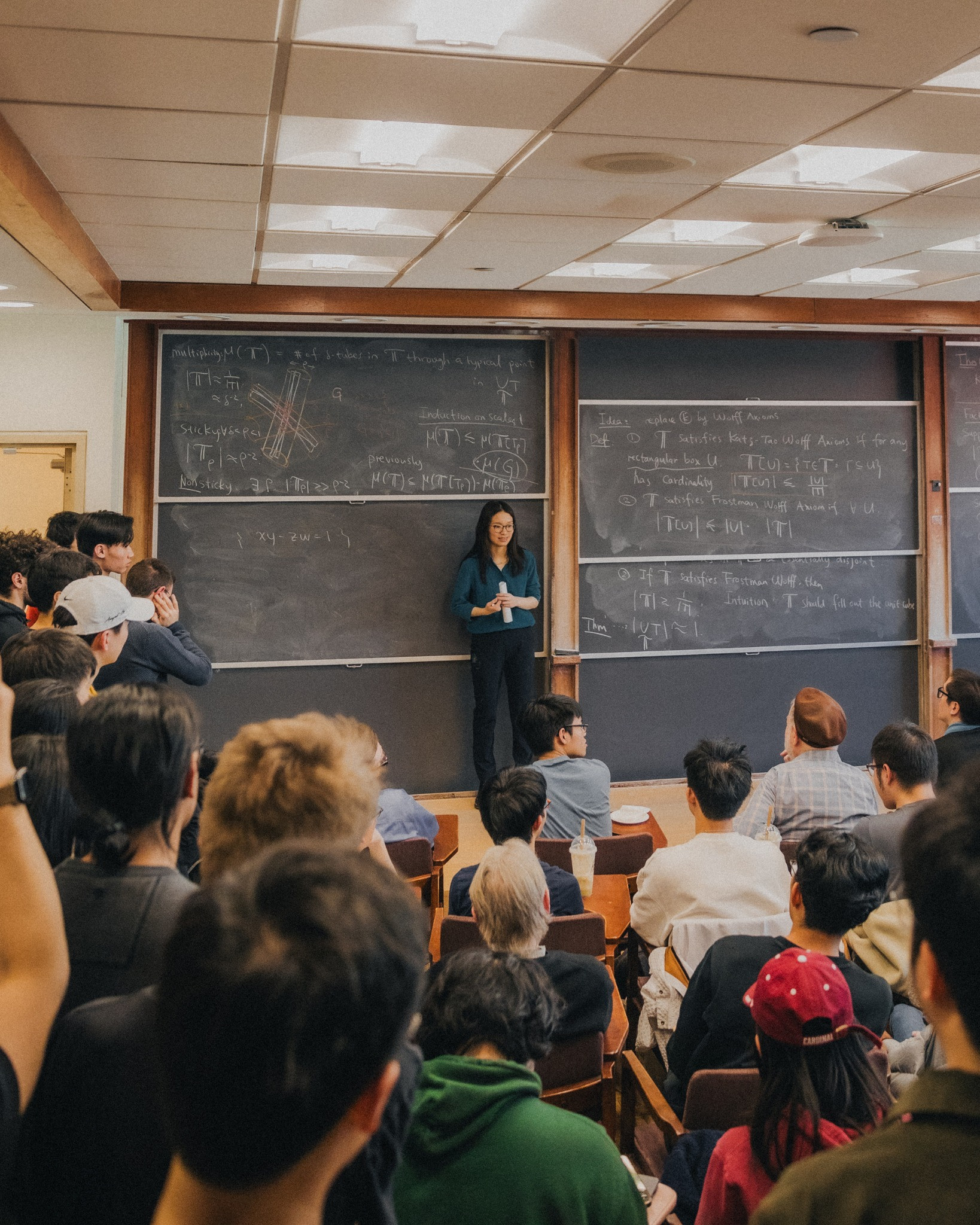
Recently, two mathematicians, Vuong Hong (New York University - USA) and Joshua Zahl (University of British Columbia - Canada) published a 127-page work proving the Kakeya conjecture in three-dimensional space. Although it has not been formally reviewed, the work has been evaluated by the mathematical community as a breakthrough.
Australian-American Chinese-born math prodigy Terence Tao, winner of the 2006 Fields Medal, was quick to take notice of the work. “I am delighted to announce that the Kakeya set conjecture, one of the most popular open problems in geometric measure theory, has now been proved (in three dimensions) by Wang Hong and Joshua Zahl,” Tao wrote on the social network Mastodon.
The professor summarized Wang Hong and Zahl's 127-page paper on his personal blog just one day after it was published, calling it a major step forward in the field of geometric measure theory.
Professor Nets Katz (Rice University, USA) also commented: "This could be the greatest mathematical achievement of the 21st century. It solves a problem that many leading mathematicians could not overcome."
The two mathematicians built on previous work to eliminate any possibility of the scan having dimensions lower than three.
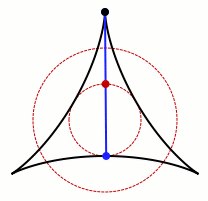
9X female doctor is a bright face of young mathematics
Wang Hong was born in Guilin (China) and studied at Peking University. She is currently an associate professor at the Courant Institute for Mathematical Sciences at New York University (USA) where she was honored for her outstanding contributions to mathematics.
According to Chinese media, Wang Hong started studying at Peking University in 2007 at the age of 16 and graduated with a bachelor's degree in mathematics in 2011.
Many online comments said that this breakthrough could help her become a candidate for the Fields Medal - a prestigious mathematics prize awarded every four years to mathematicians under 40 who have made outstanding contributions to the field.
The next award ceremony will be held in 2026 at the International Congress of Mathematicians. If honored, Wang Hong will become the first Chinese woman to receive the prestigious medal.
According to SCMP , proving the Kakeya conjecture in three-dimensional space is considered a breakthrough that could have a huge impact on fields such as imaging, data processing, cryptography and wireless communications.
“This is considered one of the top mathematical achievements of the 21st century,” said Professor Eyal Lubetzky, Director of the Courant Institute for Mathematical Sciences at New York University.

Source: https://vietnamnet.vn/nu-pho-giao-su-9x-gop-phan-giai-bai-toan-kho-nhat-the-ky-2389893.html







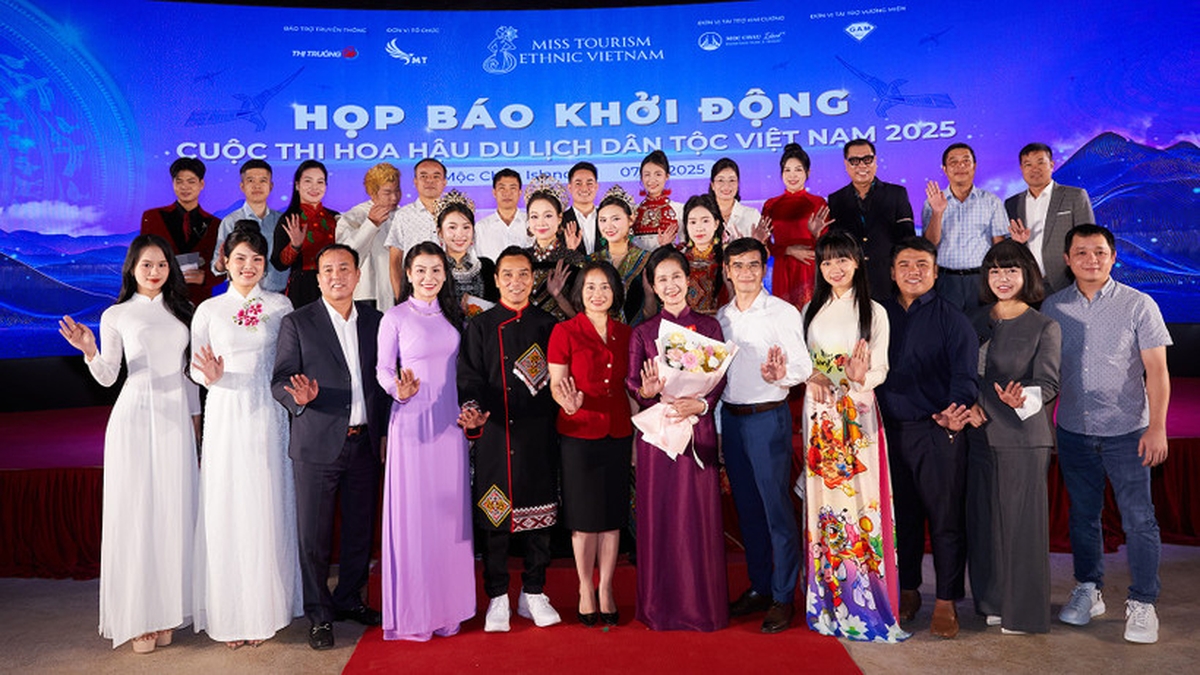




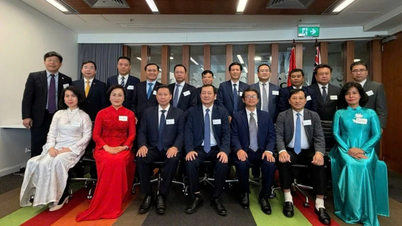




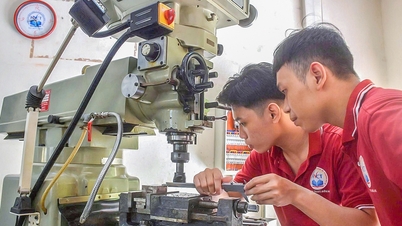
















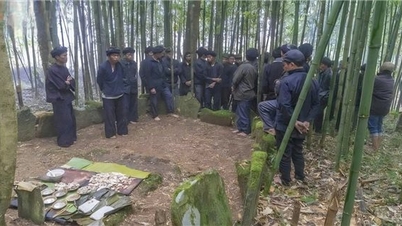




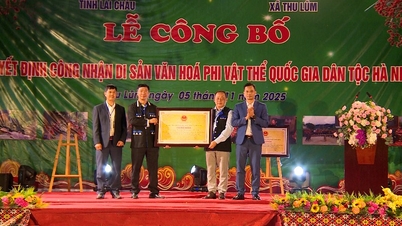






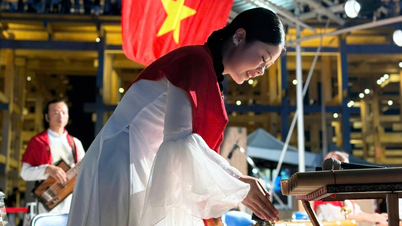

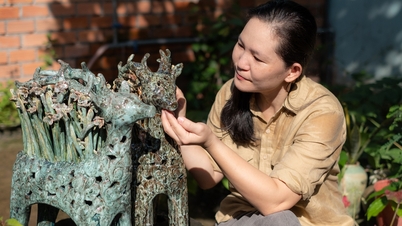

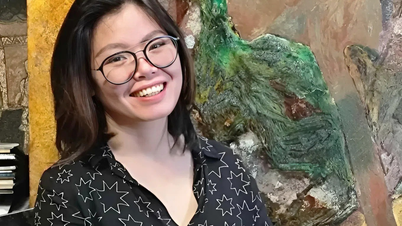






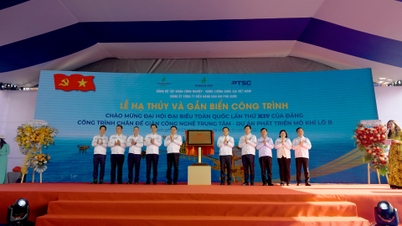












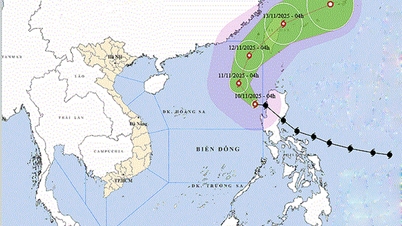

















![Dong Nai OCOP transition: [Article 3] Linking tourism with OCOP product consumption](https://vphoto.vietnam.vn/thumb/402x226/vietnam/resource/IMAGE/2025/11/10/1762739199309_1324-2740-7_n-162543_981.jpeg)













Comment (0)